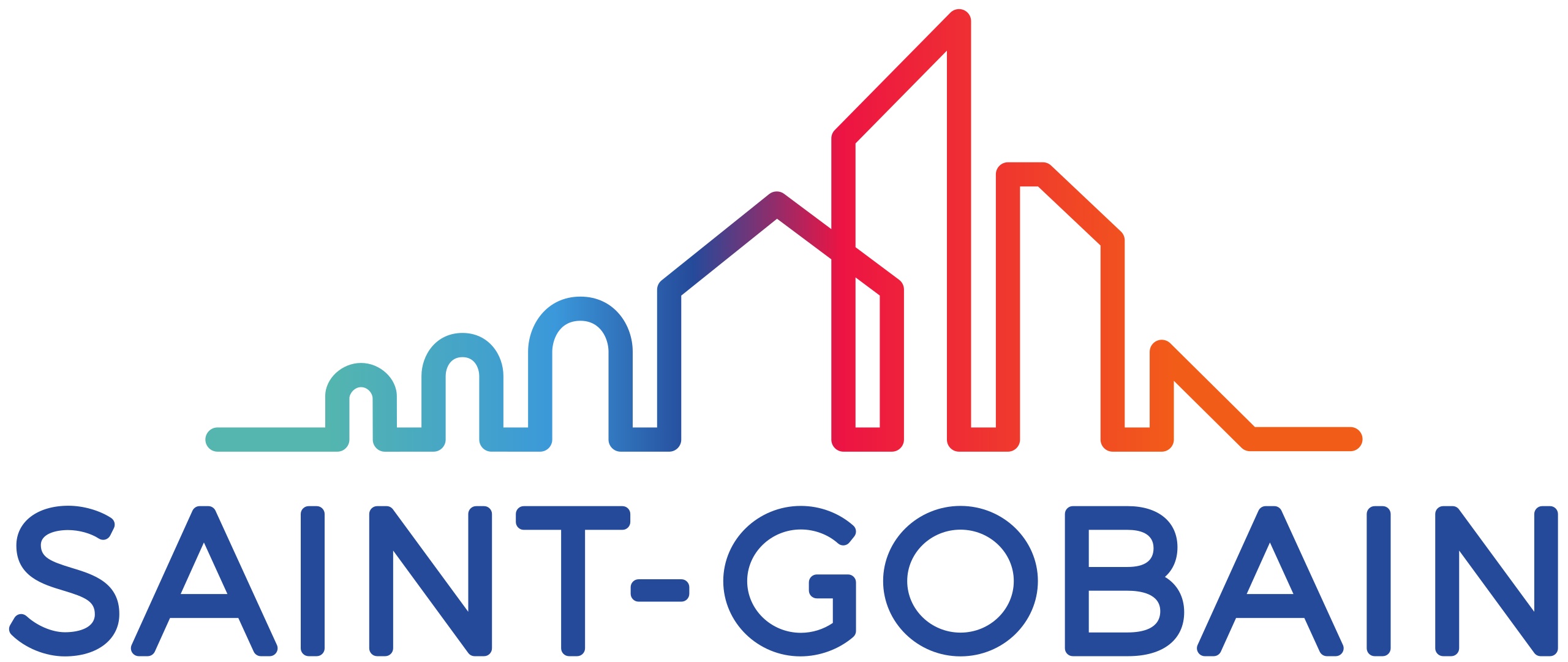Have you ever wanted to sell yourself or your ideas more effectively? Have you ever felt you could use an extra edge in a big meeting or job interview?
Emotional intelligence, which is known as EQ, is the ability to monitor one’s own and other people’s emotions, discriminate between different emotions and label them appropriately and use emotional information to guide thinking and behavior.
One of the leading names in EQ is Daniel Goleman, who has authored many books on psychology, science and leadership. He suggests that EQ is actually more important than IQ. That is why it is common to find that some of the most successful CEOs and other leaders in companies have high levels of EQ. Leaders with high levels of EQ can empathize with, motivate and inspire their team and therefore drive results. Using this social intelligence, we can differentiate among emotions and use the information to guide our thinking, actions and responses. People with high levels of EQ will effectively be able to respond to tough questions or difficult people.
As a coach certified in inspiring leadership through emotional intelligence, I’ll explain part of a process called Coaching with Compassion. We attempt to take a client to the Positive Emotional Attractor, which we like to call the PEA state. When someone is in this state of mind, they are more likely to be open to new ideas and perceptions. To get here, we ask carefully selected questions that trigger responses in the body that arouse the parasympathetic nervous system. When this PSNS is aroused, it reverses the effects of stress and the arousal of the sympathetic nervous system (SNS).
During the process of getting to the PEA, one is first brought to what is known as the ideal self. It is this piece that I want to focus on for the purpose of this article. This ideal self consists of three major components: awareness of one’s strengths, an image of one’s desired future and the hope that it is reachable. This positive vision of one’s ideal self arouses hope, again stimulates the PSNS and is an important piece in order for someone to able to sell him or herself with confidence.
In contrast to the Coaching with Compassion model, many managers, teachers, coaches and trainers tend to coach for compliance. By doing so, they tell people what they should be doing or what they could be doing to change. Those annual employee reviews are good examples of coaching for compliance. Also, images that one sees everyday such as ads, movies, magazines and television often depict unrealistic images of success to entertain us, but it is just that: entertainment. This is the ought self and it conflicts with the ideal self.
What makes you, you? What are your strengths? Uncover your unique selling points, or USPs. What are you passionate about? In order to achieve success, you need to know where you want to go. Understand your values.
Project confidence, even if you don’t feel confident. Your body language, eye contact, smile and attitude all tell others about yourself without you saying a word. Nonverbal communication governs how we think and feel about ourselves. The Principle of Retrospective Rationality basically means your brain wants to behave in a fashion that is consistent with one’s beliefs. Act, feel and be; it’s a cycle, fake it until you make it. If you act confident, you feel confident, and therefore, you are confident, so if beauty is in the eye of the beholder, then confidence is in the eye of the audience, hiring manager or any other observer.
Power posing has been proven to increase testosterone levels and decrease cortisol levels in your brain. Power dynamics are nonverbal expressions of power and dominance. In the animal kingdom, it’s stretching out, making oneself big; it’s about opening up. This is not limited to the animal kingdom, though. Do you have a big meeting or interview you’re prepping for? Go early and before you check in with the receptionist, go to the restroom and power pose for two minutes in the mirror. Extend your arms out and make a “Y” shape and hold it for two minutes, or if you have an office, take up space in your chair and hold that big pose. Don’t attempt this in the actual interview or meeting though — that could be awkward.
Don’t fake it until you make it, fake it until you become it because you are not you, you are a superstar.





